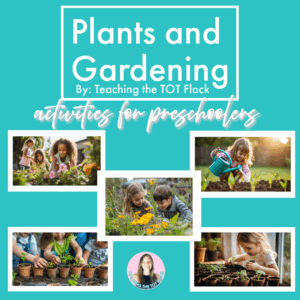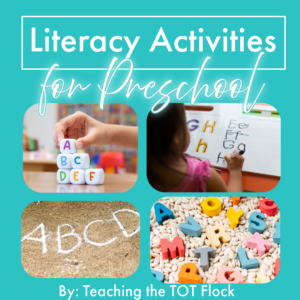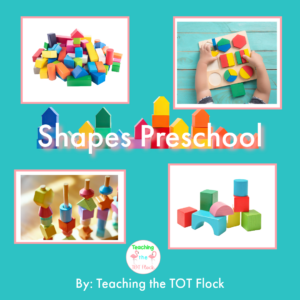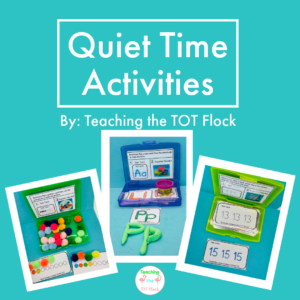
Being a teacher can be a lot of work and being a new teacher can seem overwhelming these teacher tips will help destress the chaos in your classroom and help with keeping a positive work environment. There are many aspects to teaching such as new teachers, working with co-teachers, preschool and toddler teachers, and classroom management tips that can help you in your professional journey. These tips once put into practice will help create less stress and a newfound sense of ease.
Co-teachers
Working with a co-teacher can be fun and exciting when both parties work as a team. When the team approach is not effective this can be a strain and cause stress in the classroom. This stress can also negatively impact the children. Here are some tips to help build a strong co-teacher connection.
- Communicate daily: Communication is key especially when it comes to forming a bond with each other, it shows the children that language is important and helps reduce the chance of conflict.
- Practice Active Listening and Feedback: When we actively listen to what others say we take ownership of their feelings, thoughts, and actions. We learn as a person more about others’ viewpoints and who they are. When we actively listen we can give feedback to help promote and enhance our understanding of what is said. This approach can help minimize conflict and promote clarity.
- Share stories and validate feelings: When we learn more about who our co-teacher is we learn their interests and might have some things in common. We can show empathy for their feelings and give advice when needed.
- Grow Professionally as a team: We all need to continue our learning journey in life and teaching is no exception. When teacher teams learn new and exciting ways to engage their children in different ways or even help with classroom management it will help positively improve their classroom environment.
Professional Development
- Be Present and Network: Professional development can seem boring and not useful. When we have this mindset we lose and our students lose. We need to see training as a way to learn something new and network with others to see if they can give advice and feedback to gain knowledge and experience from other teachers.
- Listen for goals that you can work towards Great teachers want to learn more and be the best that they can be for their students. Finding a goal to work on can be the thing that is needed to help solve a current issue in the classroom. Maybe you need to create a calm corner to help students safely calm their bodies or maybe you need to establish a class routine that is consistent and predictable.
- Take Notes: Taking notes can help remind you of the learning from the training. Sometimes going back to the notes can help assist goal-making or help other colleagues in the future.
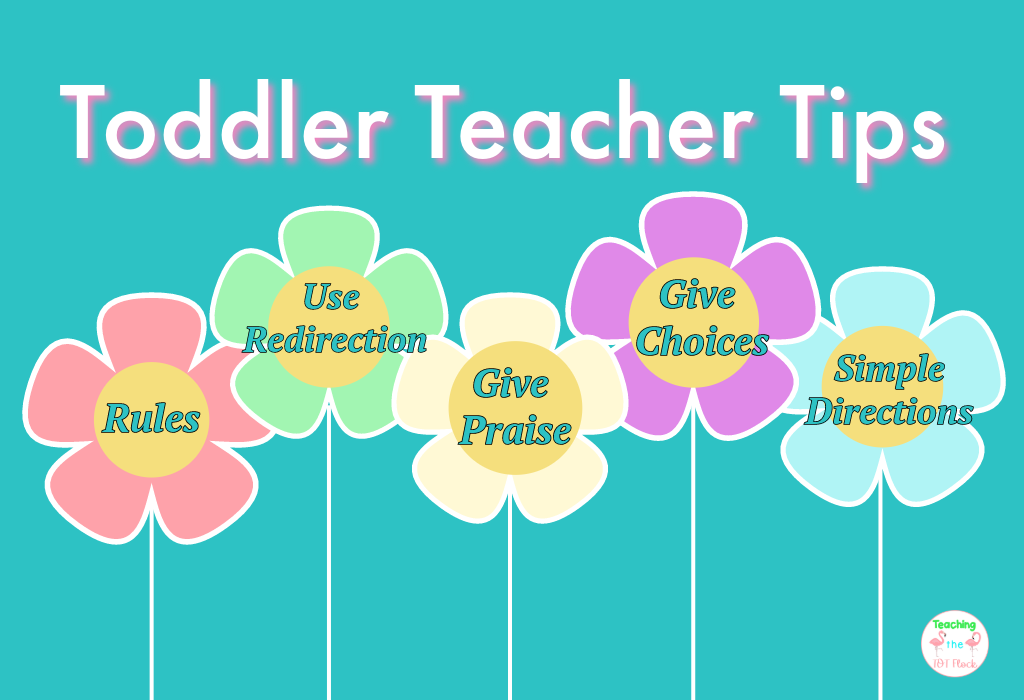
Toddler Teacher Tips
Toddler teacher tips are more effective when we keep them simple and clear. When we are teaching toddlers we need to be reminded of what they can do and their attention span. Keeping directions and goals simple will save stress and frustration.
Rules
Have rules and keep them simple. Some rules are walking feet, listening ears, and be kind are some examples of class rules.
Redirection
Children will need to be redirected to make better choices or learn to play and wait for a toy. When we use redirection in our class we are teaching our students that they have options and eventually it will help them self-problem-solve in conflict.
Give Praise
Toddlers are not born to know the “right” things to do all the time. Use praise when children do the right action when not told or when encouragement helps teach a new positive behavior.
Give Choices
I like to give two no more than three choices at a time. I pick two options that are both “right” choices for the child. One choice might be their favorite toy and another choice might be a teacher option. The key to using choices is both answers are right. When we allow the child to make a choice they are learning decision-making and problem-solving skills.
Simple Directions
Toddlers need simple one-step directions. For older toddlers, two-step directions might be appropriate.
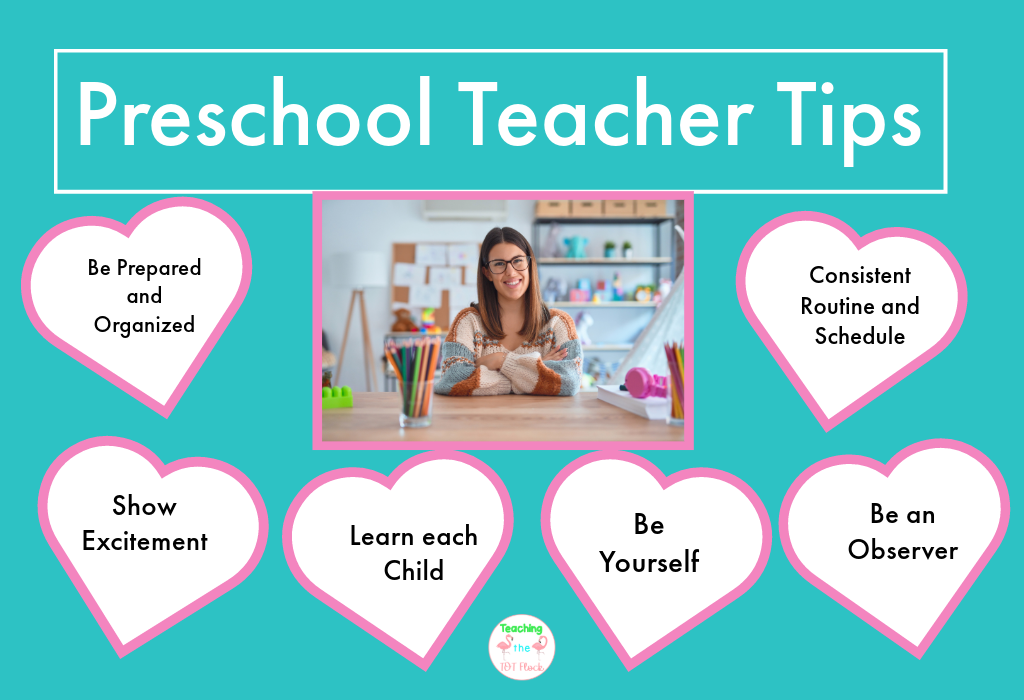
Preschool Teacher Tips
The preschool teacher can think on their feet, be empathetic at the drop of a dime, and predict the future to limit any negative behavior before it brews. The preschool teacher is one of the longest superheroes we have. These skills are not taught in a college class they are learned through experience so here are some of our preschool teacher tips for you.
Be prepared and organized
Preschoolers can sense fear so don’t show them you are scared or have no clue what to do. Make a plan, be prepared to change course, and be organized from day one. These skills are the foundation of any great classroom teacher. I like to plan based on specific skills that the students need to work on. This makes teaching easier to find activities that work on that one skill rather than feeling overwhelmed.
Keep a consistent routine and schedule
Children thrive on routines and structure. This step will take a few weeks to make the daily routine easy. Don’t give up too early when it comes to a consistent schedule. During week 3; the schedule will start to click and the magical moment of seeing progress will come alive.
Show Excitement and follow the journey
Each child is different and unique. Give each child a reason to want to come to school knowing that their teacher shows interest in them and is kind. The children will make choices and come up with plans. Let them explore those plans as long as they are safe and will learn something new. When children see that you are interested in their ideas it makes lesson plans and the environment positive and uplifting.
Take the time to learn about each student
Every child has a story and if you let them they will tell it to you. What they like, what they do at home, what they don’t like. This information is valuable. Learning what each child will work towards is a gift when situations get tough. Remember that one child likes to play with dolls, blocks, puzzles, etc. When they have a hard day use those toys as a reinforcement to do other hard tasks.
Be an Observer
Teaching is hard work but sometimes sitting and just watching is what is needed. When we do not know what to teach next observe the children. How can you build on the skills that they have with the materials in the class? This is why you went into teaching. Observation is a key component to learning how each child learns. Use these notes to plan future activities.
Be yourself
Children will know and see right through a fake persona. They want to learn who you are. This is not your whole life story but what is your favorite color, do you like Ice cream, whats your favorite toy, or book?
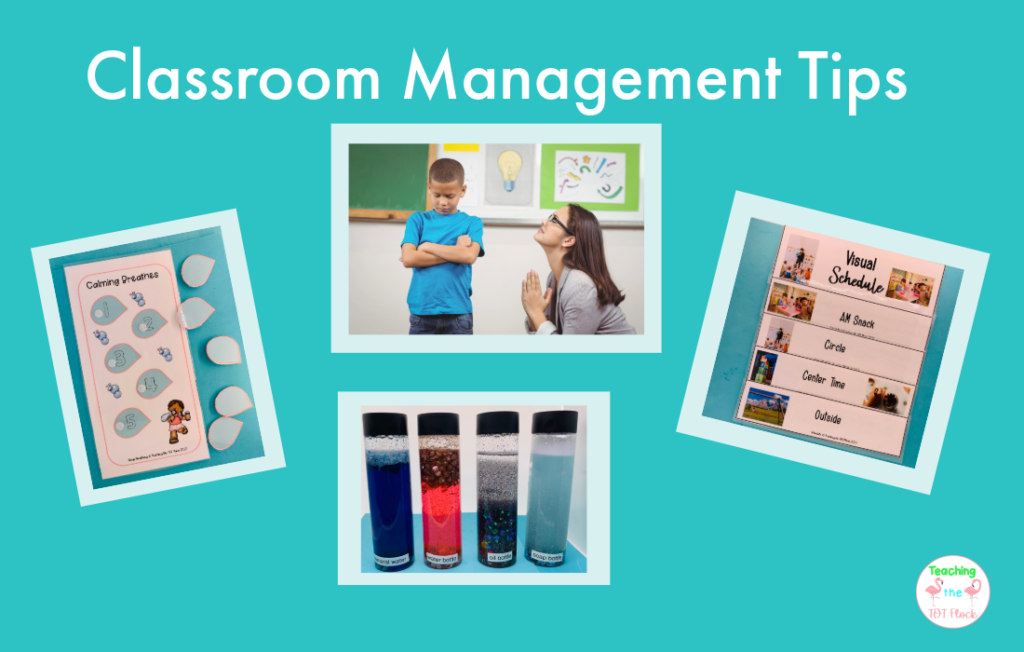
Classroom Management Tips
Classroom management is always a topic of interest for teachers. Every teacher wants a learning environment that suits everyone in the classroom. Each class is run differently and with this you can either see a flawless classroom management style or not. Classroom management has many areas that fall under the term such as; routines, class set-up, engaging lessons, class schedules, and and rules. Here are some tips to help your classroom run smoothly and help maintain a healthy environment for learning.
Schedule
Keep the schedule simple and consistent. Some children learn best with a visual schedule that uses pictures to showcase what each activity will be. The images will help teach what is next in the daily routine.
Be Consistent
This is across the board. Consistency is the key to success. If you let one child do something then it needs to be for everyone else or it can be a reward. This is why rules and routines are so important.
Calm Down Space
Each class should have a place that is safe for children to go and be able to come down or need time to be ready for activity Some ideas for this space are sensory bottles, images of emotions, books, puppets, breathing cards, and yoga.
Labels
When children know where each object goes in the class they can learn independence and ownership. Labels will help you the teacher to do all of the work.
Class jobs
Let the children have a job throughout the day. Each child should be able to have some job to be a helper. This will help each child feel like they are special. Some jobs can be line leader, snack helper, weather person, calendar helper, door helper, and more.
Divide and Conquer
You will have days where the whole class together is just not productive or conducive. When there are two teachers learn to divide the class and have activities simultaneously. This might be because some go outside while others do centers and then switch. Learning to read the class environment and know when to change course is vital for these kinds of days. Make a positive day out of a crazy one.
Use Positive reinforcement: Give praise when students do the right thing. The key to positive reinforcement is knowing how and using it correctly. For example, when it is time to clean up and a child does not need to be encouraged to clean use verbal praise or a high five. These actions can help show others that you are watching and take notice when they make the right choice. Use this to help change the tide in your class.
Teaching is hard work but the rewards are well worth the effort. When you start implementing any of these tips be reminded that Rome was not built in a day and change takes time. Allow about a month for your hard work to start showing the rewards. Once you start to notice a change you will keep the momentum going. Make these changes fun and exciting to get all aboard the fun class train. Many more tips could be in this post but these are the most useful and will jumpstart the learning process. Follow the road to a happy, engaging, classroom and save some sanity.
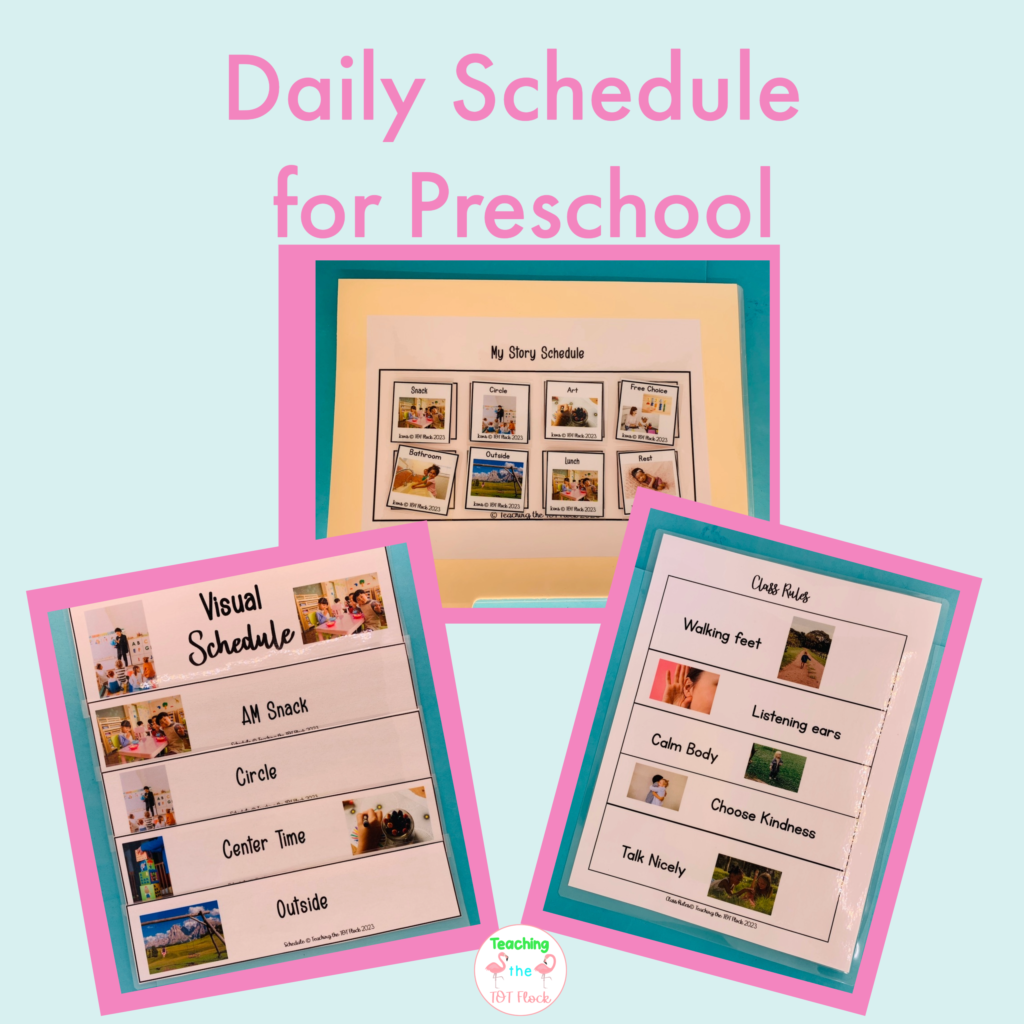
Other Resources:
Professional Development Tips
https://www.naeyc.org/resources/pubs/tyc/oct2018/6x-getting-most-professional-development
Connecting with Co Teachers
https://www.naeyc.org/resources/pubs/tyc/feb2016/11x-connecting-coteachers
Recent Graguates and Professional Tips
https://www.naeyc.org/get-involved/advance-your-career/tips-recent-graduates-and-professionals
How to incorparate Assessment into Daily Activities
https://www.naeyc.org/resources/pubs/tyc/fall2022/5x-assessment?r=1&Site=NAEYC
Advice for New Preschool Teacher
https://www.naeyc.org/resources/blog/advice-new-preschool-teacher

